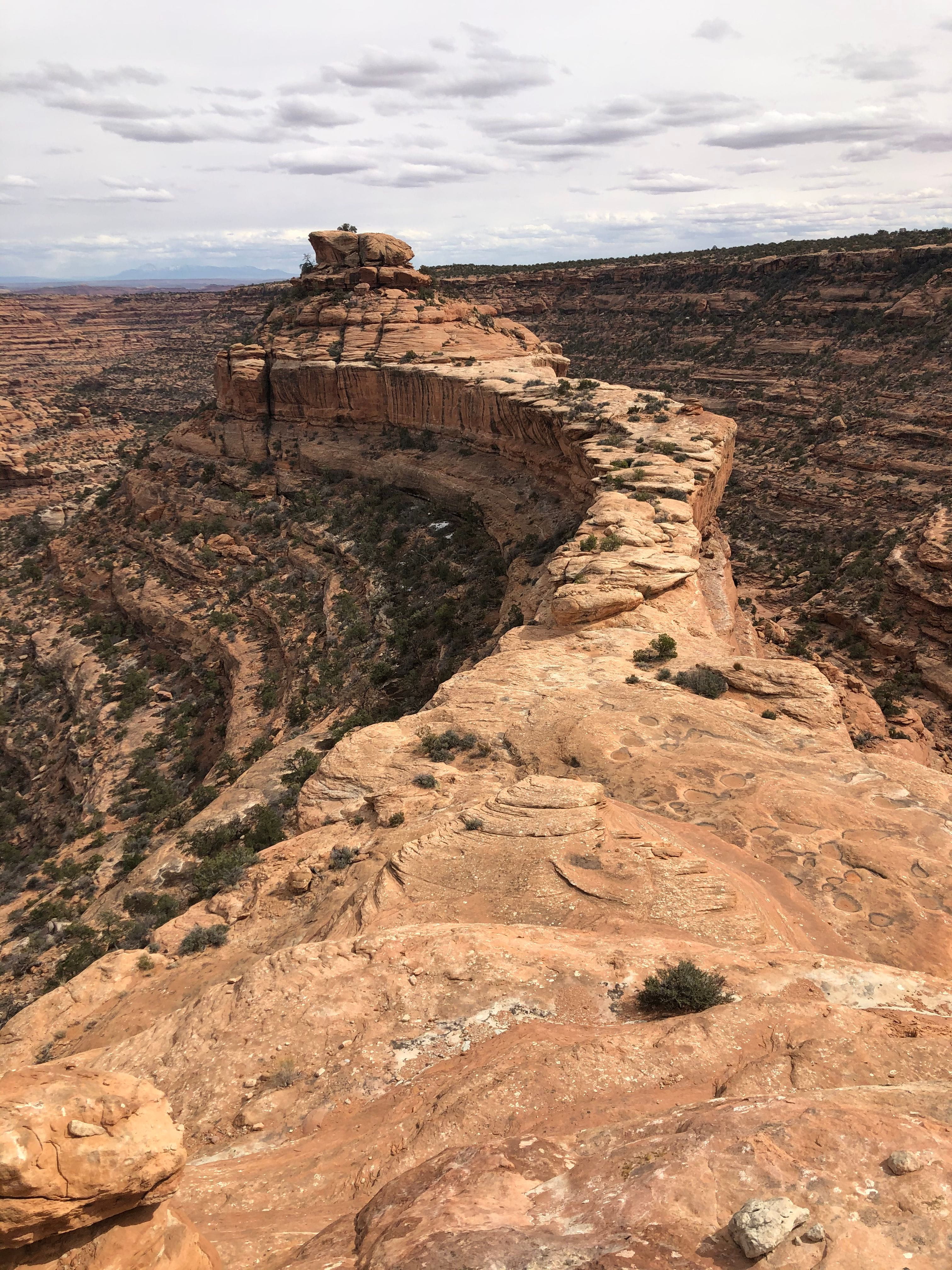Bears Ears National Monument

Home to some of the most culturally and archaeologically rich lands in the United States, Bears Ears National Monument is a sacred, ancestral landscape for many of the region’s Tribes and Pueblos. This desert landscape is also full of spectacular rivers, canyons, and mountains.
Abundant rock imagery, ancestral cliff dwellings, kivas, and countless other artifacts provide an extraordinary archaeological and cultural record.
Bears Ears is bordered by The Needles district of Canyonlands National Park to the north, Glen Canyon National Recreation Area to the west, the San Juan River corridor to the south, and Utah Hwy 95 to the east.
The Indian Creek Corridor Scenic Byway, Utah Hwy 211, is the drive from US Hwy 191 to The Needles district (entrance fee is charged) and passes by Newspaper Rock. Monticello is the closest town to the northernmost portion of the monument while Bluff serves as the town nearest the southern portion.
Bears Ears is the first national monument ever created at the request of a coalition of Tribes, and designated to be collaboratively managed by federal agencies, including Bureau of Land Management, United States Forest Service, and Tribes.
Some permits for day use may be obtained at the trailheads. Others need to be obtained by visiting Recreation.gov or at the Kane Gulch Ranger Station off Utah Hwy 261. For better details, visit BLM.gov/Programs/Recreation/Permits-and-Passes/Lotteries-and-Permit-Systems/Utah/CedarMesa.
There are no services outside of the towns surrounding the monument and facilities within the monument are limited. Travelers to the area need to be well prepared and experienced in backcountry-style travel. You can see the area by doing a driving loop.
Hopi, Navajo, Zuni, Ute, and other Tribes and Pueblos all have ancestral ties to the region. Additional care needs to be taken around the numerous cultural sites in the area. Travel and visit with respect. BLM.gov/Visit/Bears-Ears-National-Monument.

Must Stops
Before you visit this area, make sure to stop at the Bears Ears Education Center in Bluff. They are the best resource for the area. Open seasonally, 9am-5pm, Thurs-Mon. 435-672-2402, BearsEarsPartnership.org/Visit/Visitor-Info.
Another resource is Edge of the Cedars State Park Museum in Blanding. Open year-round. 9am-5pm, March-Nov, and 9am-3pm Dec-Feb. 435-678-2238, StateParks.Utah.gov/Parks/Edge-of-the-Cedars.